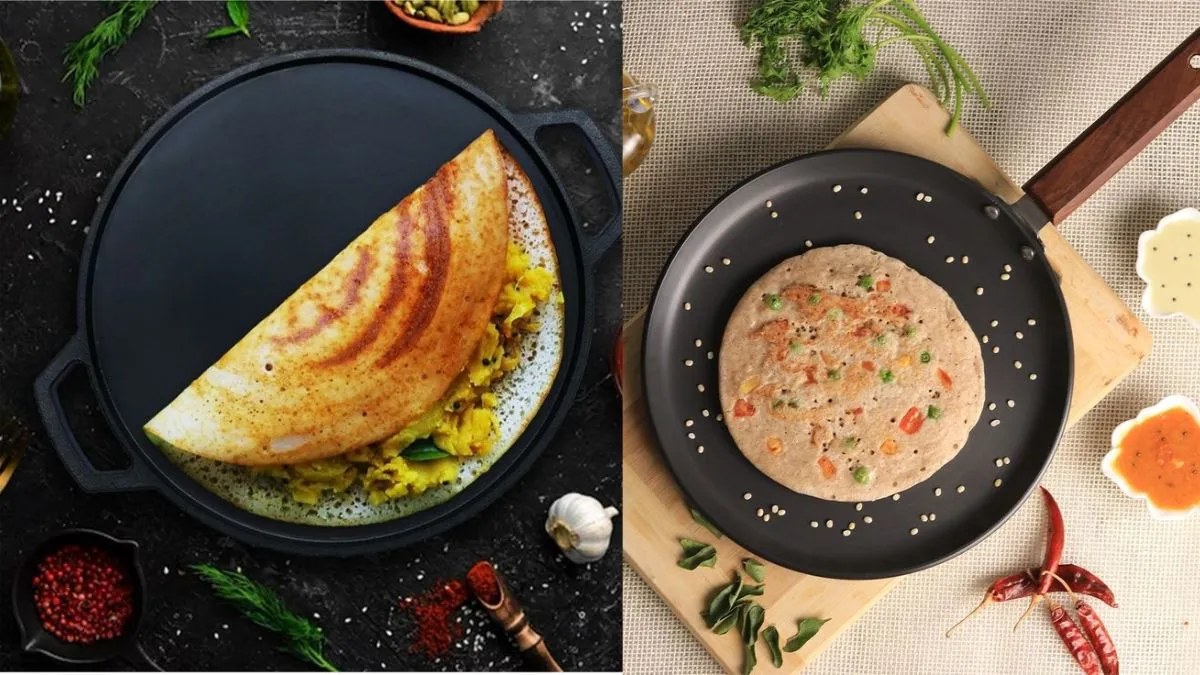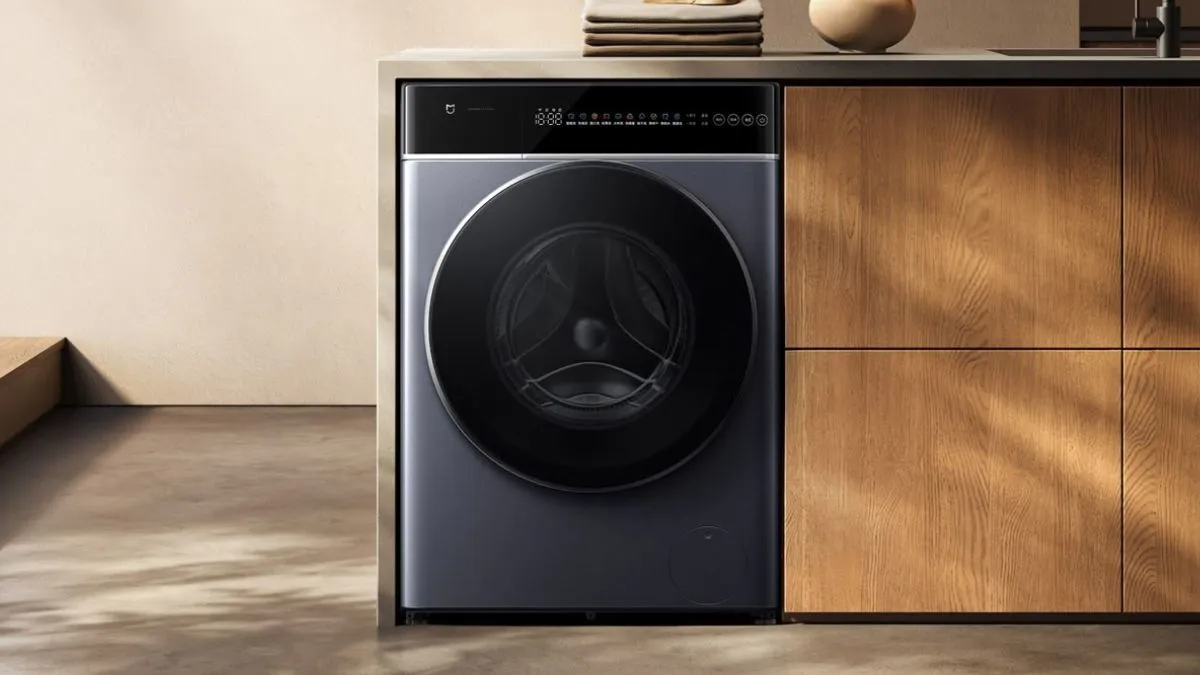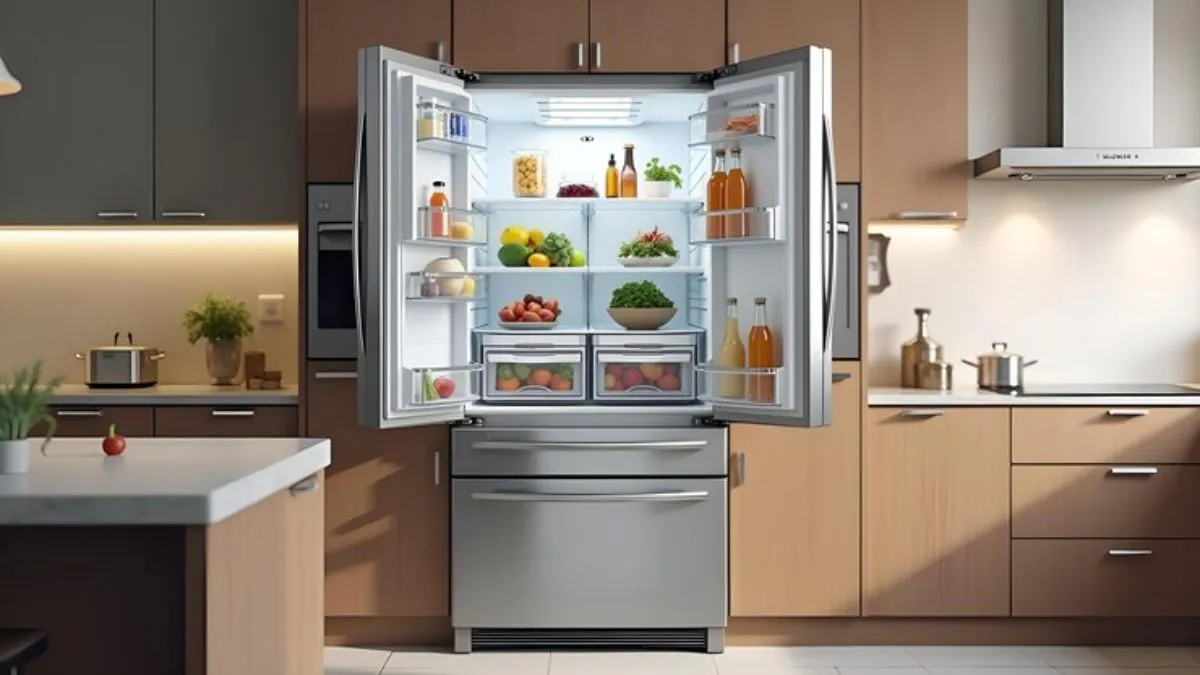In South Indian cuisine, a special dosa tawa cannot be overlooked by anyone enthusiastic about food preparations. You can only make good dosa uniformly crispy and brown if you find a perfect cooking surface. Unlike standard pans, these cooking griddles give you better heat performance. You can be sure the dish will turn out the same and delicious each time you prepare it. Knowing the differences between non-stick and cast-iron dosa tawa is important for making your homemade dishes better. To increase your tawa’s lifespan, following good maintenance advice will be important. The right dosa tawa will make an ordinary breakfast delicious.
Optimal Dosa Tawa Selection: Your Guide to Perfect South Indian Delights
No, one with a casual interest may not need the best tawa, but for those who want to do authentic South Indian cooking, getting a superior tawa is most important. Besides being a pan, it’s important for getting that popular crispy dosa. A good tawa ensures the heat spreads evenly and prevents hot spots that might harm your food preparation. No matter if you choose a cast iron or a non-stick dosa tawa, one must understand what makes each type special. Because of this decision, each dish made from dosa, uttapam, or adai turns out wonderfully and is cherished by people of all cooking levels.




